AI ‘Gold Rush’ Changing Data Center Design
Boom in demand for facilities optimized for artificial intelligence is causing a rethink in data center design, including a shift to modular roll-outs, says Instor’s Sam Prudhomme
Data center operators are considering new designs to work out how to make the most of the boom in demand for facilities optimized for artificial intelligence. However, early adopters are looking to step-by-step implementations as they work their way towards the facilities they believe clients will be demanding up to a decade from now.
That’s according to Sam Prudhomme, president of data center design and build specialist Instor Solutions, speaking to DCD’s Stephen Worn in a recent DCD>Talks interview.
“At the moment, clients are asking, ‘what are AI workloads going to look like and what infrastructure will they need?” says Prudhomme. These clients are looking to build-out conventional data center facilities to handle their customers’ demands over the next decade, but with an eye to the potential “gold rush” should AI take off as anticipated.
“So we’re being asked, to put designs together that require X amount of connectivity and power per rack, and we’ll turn that design in two weeks later. But then we’ll be asked to do something completely different, based on the hopes and dreams of AI workloads, which might happen in five years’ time.
“We’re not trying to predict what will happen now or next month, but our clients are spending billions of dollars on infrastructure; and they don’t want to change it. So how can we design and build a ‘giant umbrella’ that can hold future AI workloads based on GPU production?” says Prudhomme.
In other words, with billions of dollars in data center investments at stake, clients want to ensure that these investments are sensibly hedged should demand for data centers capable of fully supporting AI take off – they don’t want to resort to refits, upgrades and reorganizations of their facilities that a smarter design implemented today can avoid.
“That’s the goal of the end user [and] we are trying to help them by giving them multiple potential iterations of the same project. They can look at the plans and say, ‘let’s do modular infrastructure’, and they can build the first 12kW this way, the second 12kW that way, and the third 12kW another way.
“Taking this approach to modular infrastructure is changing the way each section of the data center is built so that, in the future, they don’t have to re-do anything – they’re just moving into what they’ve grown into. It’s like working out, gaining muscle and buying a bigger shirt for the future,” says Prudhomme.
A modular approach, he continues, makes data center construction more easily digestible – putting together infrastructure piece by piece as demand dictates, reducing the upfront costs and business risks.
Tiers for fears
Instor predominantly works in Tier II data center markets, where operators labor under very different business dynamics compared to higher profile hyperscalers.
“Tier II colocation providers want the lease because, with the lease, they can then get the funding to build the space and then move on to their next plot of land.
“Where Instor comes in is, what do you need to do [as a Tier II data center operator] to get the lease? You need a design, you need an agreed-upon price, and you need a timeline by which you can do this. The hyperscaler just needs to sign the lease.
“Instor is able to take its decades of experience, quantify that experience into usable data points, which can help us identify particular variables that could affect the outcome of a project over its lifecycle. Then, we apply this analytical research using what’s called a ‘multivariate analysis process’ to identify the variables that could affect the outcome,” says Prudhomme.
“We can therefore predict the outcome of a project much more quickly, based on our approach. We look at the project holistically, from beginning to end, and break out the individual lifecycle aspects. Then we examine each of one of those aspects, and approach the project in terms of where the facility is located, who the customer is, what the municipality is, what type of infrastructure is going in.”
Such a data-driven approach, he adds, enables data center facilities to be fleshed out in a week or so, compared to the considerably longer time it would take using a more traditional construction methodologies.
To find out more about Instor’s approach to data center design, you can watch the full DCD>Talk here.
“Taking this approach to modular infrastructure is changing the way each section of the data center is built so that, in the future, they don’t have to re-do anything – they’re just moving into what they’ve grown into.”
instor solutions
the instor difference
INSTOR SOLUTIONS: Founded in 1996, Instor is a global leader in data center design, build, management, structured cabling, power infrastructure, data center moves & migration, specialized containment, and cooling solutions. Instor has designed and installed infrastructure solutions for high-growth startups to Fortune 100 companies and public institutions. Based in the San Francisco Bay Area, Instor operates throughout the U.S. and in the European Union and has offices Dallas/Fort Worth, Texas, Hillsboro, Oregon, and a European branch in Dublin, Ireland. Additional information can be found at https://www.instor.com.


